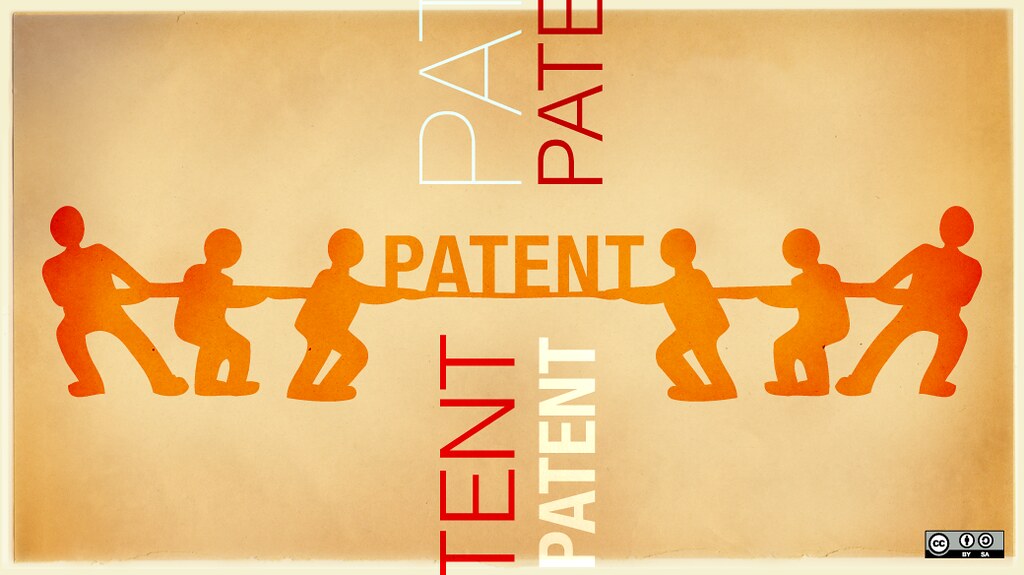It is not surprising that the most important patent cases of the 21st Century have involved computer code, medical technology, and the human genome. Advancing technology and scientific knowledge tend to present unique and novel issues for patent lawyers and courts.
For example, probably the most important patent case of the last twenty-one years was Alice Corporation v CLS Bank International, 134 S. Ct. 2347 (2014). Under US patent laws, patents cannot be issued for several categories of things including “abstract ideas” and things “found in nature.” Alice involved the patentability of a computer system that was designed to assist and facilitate third-party escrows for financial-trading transactions. It has long been the case that schedules, tables and data lists are “abstract ideas” that cannot be patented. Other examples include algorithms, mathematical formulas and methods of computation. These are examples of ideas about how to organize and manipulate various subject matter and the subject matter, like financial information or scientific data, are generally things “found in nature.” In Alice, the US Supreme Court applied these long-standing rules and unanimously affirmed that the patents at issue were invalid. Essentially, the court held that using a computer system to implement typical business processes, like escrow services, was not patentable since many business processes involve “abstract ideas.” More specifically, the court held that using a computer to give instructions “cannot impart patent eligibility” to abstract ideas and that limiting use of an abstract idea to a limited technological environment, computer processing, cannot confer patentability on abstract ideas.
Alice was partly based on the court’s earlier decision in Mayo Collaborative Services v. Prometheus Laboratories, 132 S. Ct. 1289 (2012), another important patent case from the 21st Century. In Mayo Collaborative, a unanimous Supreme Court invalidated a patent for a method of giving Thiopurine to leukemia patients and adjusting dosages. At the lower level, the District Court deemed the patent claim to have three parts
- Giving Thiopurine to the patient
- Measuring the level of metabolites created by the drug in the patient’s system
- Giving a warning to the attending physician that a dosage adjustment might be needed
The District Court invalidated the patent holding that the first two parts were unpatentable “data gathering” and that the third part was an unpatentable “mental step” that correlated metabolite levels with dosage adjustments. The court also noted that the “mental step” had been known in medical science for some time. The Supreme Court agreed, although it termed the first two parts to be unpatentable “natural law.” Regarding the third part of the patent claim, the Supreme Court found it unpatentable because that step simply told physicians “to engage in well-understood, routine, conventional activity previously engaged in by scientists in the field.” Novelty is another requirement of patentability.
Another important patent case was Association for Molecular Pathology v. Myriad Genetics, 569 U.S. 576 (2013). Myriad involved several patents for processes for identifying and isolating DNA gene sequences including claimed patent protections for the resulting identified and isolated DNA segments. However, the Supreme Court rejected the patentability of “naturally occurring” DNA sequences even though they have been isolated from the surrounding genetic material. On the other hand, the court held that scientifically created DNA sequences WERE patentable.
Other notable patent cases from the 21st Century include:
Helsinn Healthcare v Teva Pharmaceutical, 139 S. Ct. 628 (2019)– holding that a “secret sale” could be used as “prior art”
MedImmune, Inc. v. Genentech, Inc., 549 US 118 (2007) — patent licensees can challenge patentability without being required to terminate or materially breach the licensee agreement
Bilski v. Kappos, 561 US 593 (2010) — holding that a business method for hedging risks for commodities trading was a unpatentable “abstract idea”
Oil States Energy v Greene’s Energy Group, 138 S.Ct. 1365 (2018) — upholding the constitutionality of inter partes review within the structure of the US Patent & Trademark Office
Halo Electronics v. Pulse Electronics 136 S.Ct. 1923 (2016) — setting an easier standard for proving willful infringement which can entitle plaintiffs to enhanced damages
Contact Revision Legal
For more information or if you have an invention or design that you want to patent, contact the patent lawyers at Revision Legal at 231-714-0100.




